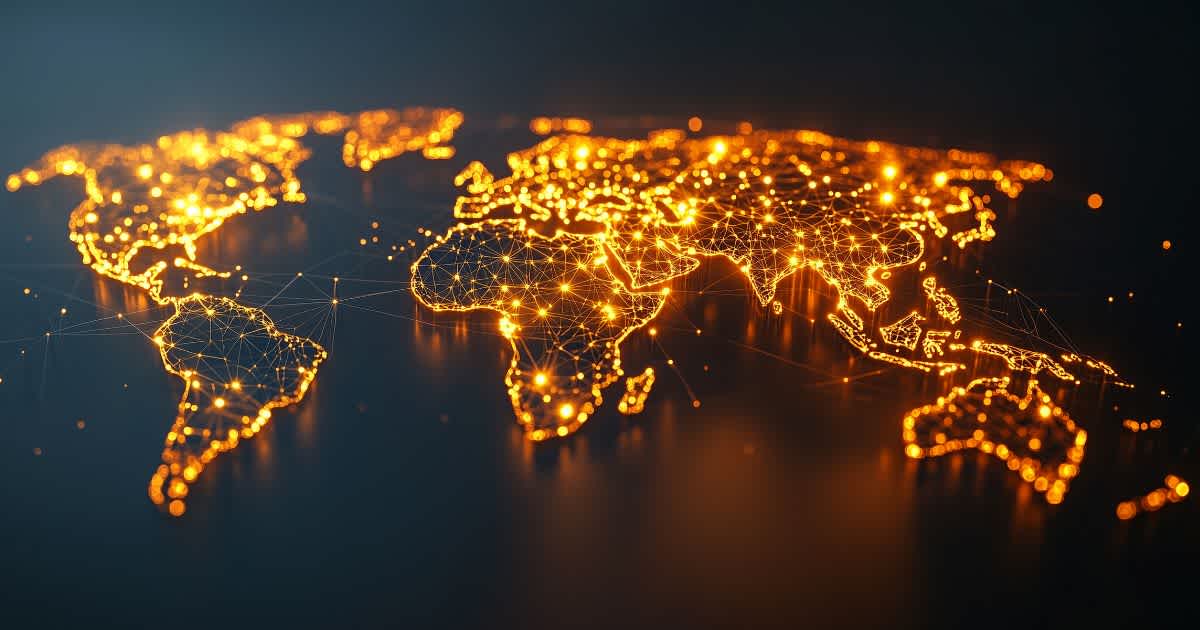Table of Contents
Second sourcing for strong supply chains
Reading Time: 5 min.

Stable supply chains are an important basis for successful production processes - especially in an increasingly dynamic market environment. Companies are faced with the task of positioning themselves flexibly and with foresight in order to avoid supply bottlenecks and remain able to deliver at all times.
Second sourcing is a strategy that has proven particularly successful in this respect. This is the targeted integration of a second, qualified supplier for selected materials or components. This minimizes risks, increases production reliability and makes procurement processes more robust.
Our blog article shows you what second sourcing is all about, how it differs from other procurement approaches and how you can use it to make your supply chain more resilient.
What does second sourcing mean?
Second sourcing refers to the integration of another supplier for a specific product or component, in addition to the existing main supplier. This second supplier is checked and contractually integrated, even if it is not used regularly at first. It is available as a reliable alternative - and can be activated at short notice if necessary.
Second sourcing therefore differs from single sourcing, where all deliveries are made exclusively by one supplier.
Second sourcing pursues a central goal: to maintain security of supply even if a supplier is unavailable - whether in the short term due to delivery delays or in the long term due to geopolitical risks, raw material shortages or insolvencies.
Differentiation from dual and multiple sourcing
Dual sourcing: A product is procured simultaneously from two suppliers - often with split quantities.
Multiple sourcing: More than two suppliers are available, procurement is widely distributed.
Second sourcing, on the other hand, means that one supplier is active and the other is available as a qualified second source. This variant is particularly efficient for small and medium-sized enterprises (SMEs) with limited resources.
Why is second sourcing relevant?
Unfortunately, supply bottlenecks are becoming an increasingly common part of everyday business. Causes range from natural disasters and geopolitical instability to pandemic-related production stoppages.
Typical risks in global supply chains:
Disruptions in transport and logistics (e.g. due to blocked harbours)
Delays due to a shortage of raw materials
Technology or capacity failures at suppliers
Exchange rate fluctuations & political uncertainties
The result: delayed delivery dates, production downtime, loss of image and additional costs. With a second sourcing strategy, you can protect yourself against these risks. You increase the resilience of your supply chains, can react more flexibly to disruptions and create long-term security of supply.
Advantages: How companies benefit
However, second sourcing is much more than just a backup strategy. Companies that rely on a second source benefit in several ways:
Production reliability: The failure of a supplier does not mean a standstill. Production can continue because an alternative source of supply can step in.
Better cushion supply bottlenecks: By integrating a second supplier, you are more flexible - for example in the event of increased demand, seasonal fluctuations or other bottlenecks.
Greater resilience in global supply chains: Second sourcing has a stabilising effect, especially with international sources of supply, as it reduces dependence on a specific country or market.
Contribution to ESG goals: With a second supplier, you can specifically focus on more sustainable or regional alternatives - a plus point for your environmental and governance strategy. We explain the basics in the article: The carbon footprint in the supply chain.
Implement second sourcing correctly
Second sourcing requires planning, clear processes and suitable partners. The following aspects should be taken into account during implementation:
1. analyse demand
Identify the most critical components or services in your supply chain - especially those where failure would have serious consequences.
2. research secondary suppliers
Utilise global networks such as Line Up to find qualified alternatives based on technical capabilities, delivery performance and quality standards.
3. quality assurance and audits
Secondary suppliers should meet the same quality requirements as your primary source. External audits, certifications and acceptance test certificates are essential here.
4. adapt contract structure
Contracts with secondary suppliers should contain clear conditions for short-term activation, prices, delivery quantities and escalation levels.
5. integration into systems and processes
Ensure that the second source supplier is integrated into your ERP systems, planning processes and risk management tools.
Checklist: 5 steps to a second source
✔ Identify critical components
✔ Analyse risks and weak points
✔ Start supplier search & qualification
✔ Check contractual security
✔ Carry out & evaluate trial delivery
Tip: Let an experienced partner like Line Up help you with the implementation - this saves time and ensures quality assurance.
Line Up as a partner: how we support you
As a specialist in full-service procurement, Line Up helps you to secure your production and supply chain in a targeted manner - not just in theory, but in practice.
Our offer:
Access to verified, global suppliers
Support with qualification & auditing
Digital integration and order tracking
Personalised support - from the first meeting to delivery
Whether individual components or complex assemblies - we will find the right second source for you and support you during implementation.
Typical use cases for second sourcing
Second sourcing is not only suitable for large global corporations - small and medium-sized enterprises (SMEs) also benefit from this strategy in many sectors and product groups. It is particularly relevant in areas with high quality requirements or technical dependencies.
Examples from practice:
Mechanical components & drawing parts
Turned and milled parts, sheet metal or cast parts are often highly specialised - but every hour counts in the event of production stoppages or transport delays. A qualified second supplier with comparable machinery offers an important safeguard here.
Critical raw materials and materials
Raw materials with long delivery times or high price sensitivity - e.g. precious metals, plastics or technical textiles - can be better secured and procured more cost-effectively through parallel sources.
Assemblies & assembly components
For pre-assembled assemblies with several purchased parts, second sourcing offers the opportunity to switch quickly in the event of bottlenecks - without compromising on quality.
International projects with regional requirements
Those who produce or deliver worldwide benefit from regionally distributed suppliers: This allows political or logistical risks to be mitigated on several levels.
Digitalisation supports second sourcing
Modern digital tools help not only to plan second sourcing, but also to actively manage it:
Supplier portals: Information, certificates, audits and evaluations in one place.
Supply chain dashboards: real-time overview of availability, lead times and risks.
Risk management systems: Early warning signals in the event of failures or changes in availability.
Digital solutions not only enable efficiency. Line Up's digital tool combines all of the aforementioned aspects - and makes the process transparent and documentable. You can find a more in-depth look at process optimisation and digitalisation in our article Procurement Excellence in Procurement Management.
Conclusion
Second sourcing is an effective lever for cushioning supply bottlenecks, increasing production reliability and making your own procurement more robust. Especially in increasingly global supply chains, the additional security provided by a second supplier offers measurable advantages - and is becoming an integral part of modern procurement strategies.
If you want to strengthen your production and supply chain in a targeted manner, second sourcing is a proven and realistically realisable solution.
Talk to us about your individual second sourcing strategy, click here for the contact form.
Newsletter Registration
Sign up now for our free Line Up newsletter and stay up to date.





